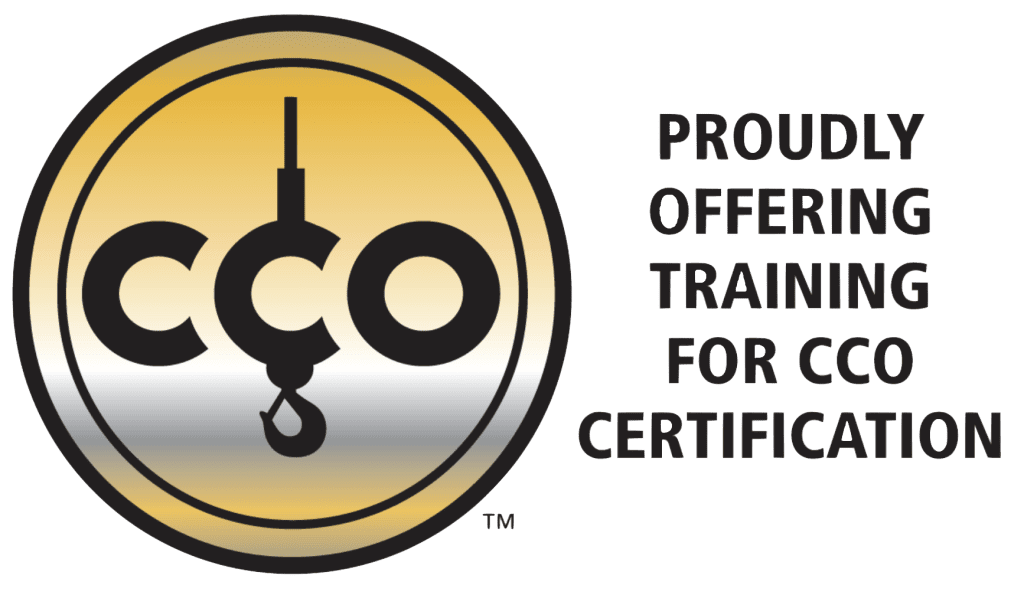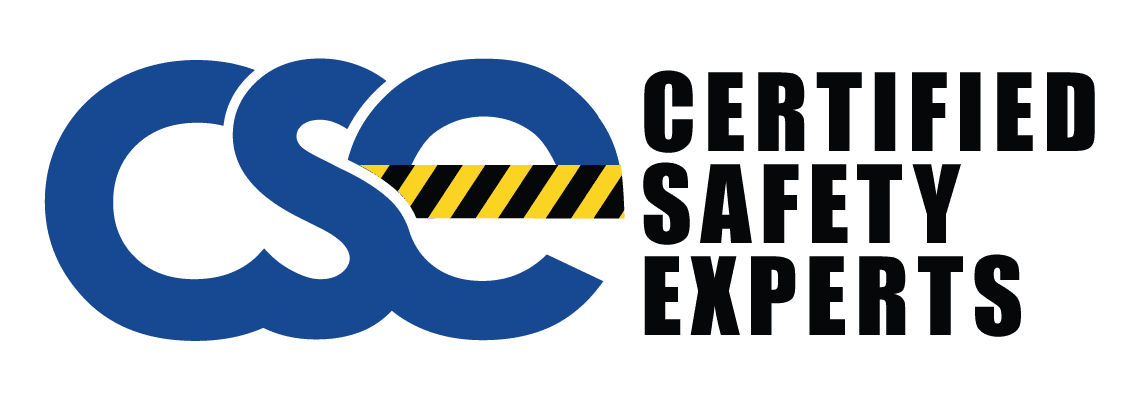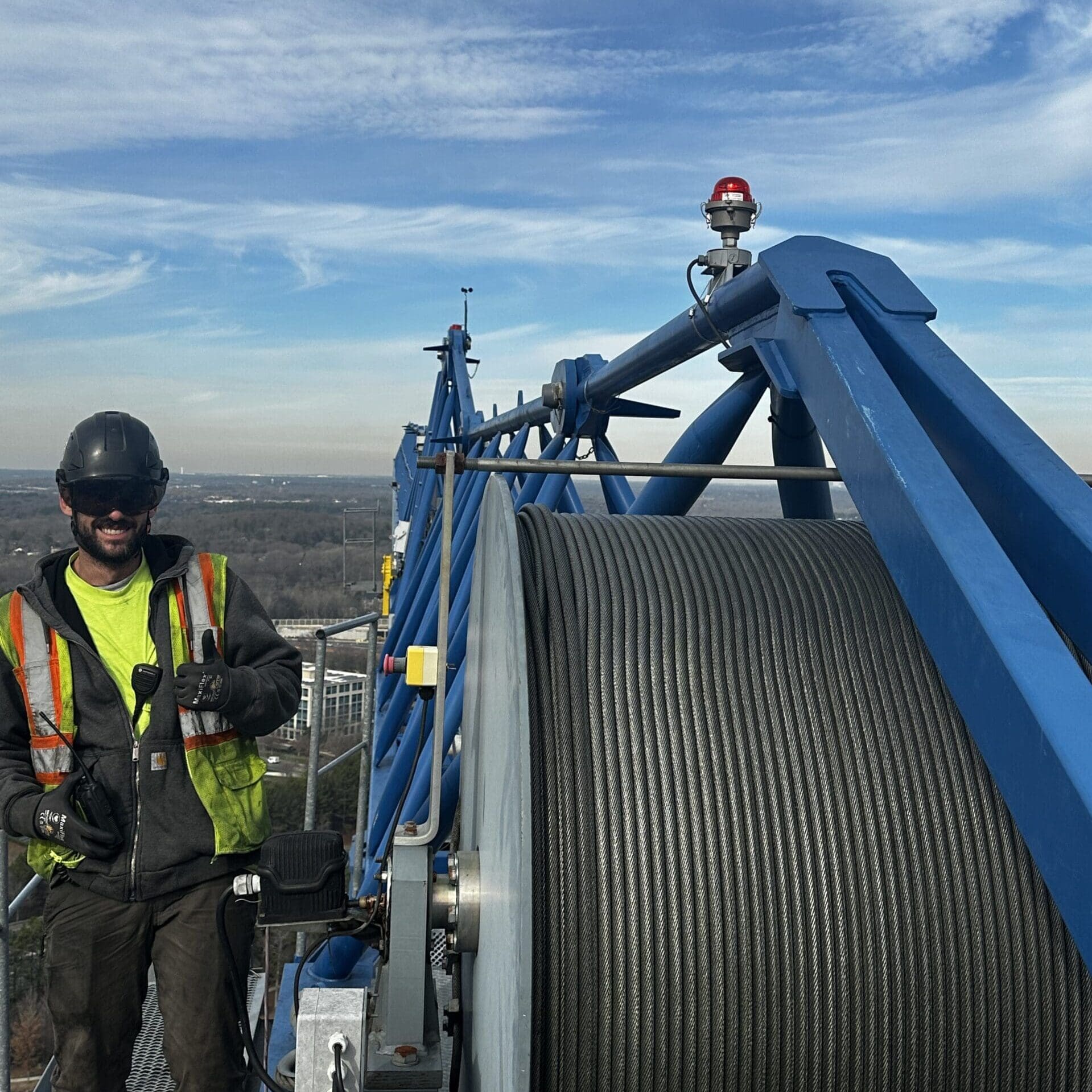Overhead cranes are vital tools in many industries, but they also come with significant risks if not used properly. That’s why adhering to OSHA overhead crane training requirements is not just about compliance—it’s about protecting employees and creating a safer work environment. At Certified Safety Experts, we believe that safety goes beyond basic requirements; it should be part of a larger, comprehensive safety strategy that safeguards all aspects of the workplace. In this post, we’ll explore how overhead crane safety training can seamlessly integrate into your overall safety program and show how coordinating such training with other safety initiatives ensures a cohesive and well-rounded safety culture.
The Importance of Overhead Crane Safety
To appreciate the value of integrating OSHA overhead crane training requirements into a comprehensive safety plan, it’s important to understand the risks associated with crane operations. Overhead cranes are responsible for lifting heavy materials and transporting them across vast distances within factories, warehouses, and construction sites. Without proper training, employees may inadvertently put themselves and others at risk, leading to accidents such as dropped loads, collisions, or equipment failures.
Certified Safety Experts emphasizes that OSHA standards are not just guidelines but the foundation for creating safer workspaces. However, these standards are only effective if they are implemented in conjunction with a broader safety strategy. By aligning crane training with other safety protocols, companies not only comply with OSHA but also take proactive steps to minimize risk and optimize efficiency.
Understanding OSHA Overhead Crane Training Requirements
Before integrating crane safety into your workplace safety plan, it’s essential to be familiar with the specific OSHA requirements for overhead crane operation. OSHA has outlined clear criteria to ensure that crane operators are adequately trained to recognize and avoid hazards. These requirements include:
- Qualified Trainers: OSHA mandates that only qualified individuals or organizations should conduct crane safety training. These trainers must have a deep understanding of crane operations, as well as the ability to identify potential risks and teach best practices.
- Comprehensive Training Programs: The training program must cover equipment operation, maintenance procedures, load handling, and hazard recognition. It should also include both theoretical and practical components, ensuring operators understand crane mechanics and how to react in real-life scenarios.
- Frequent Refresher Courses: OSHA requires that crane operators receive ongoing training and certification updates to remain compliant. This is to accommodate changes in regulations and evolving safety technology. Ensuring employees are up-to-date on the latest protocols reduces accidents and enhances efficiency.
By adhering to these OSHA overhead crane training requirements, Certified Safety Experts helps companies build a solid foundation for their overall safety plan.
Integrating Crane Safety into a Comprehensive Safety Program
Workplace safety isn’t limited to isolated initiatives; it should be an interconnected system where all components work together to create a safe environment. Overhead crane safety is a critical element that must be aligned with other safety procedures, such as emergency response, fall prevention, and equipment maintenance protocols. By integrating crane safety training into a comprehensive safety program, companies can achieve a more cohesive and effective approach to employee well-being.
1. Create a Unified Training Calendar
One of the most effective ways to integrate overhead crane safety into your overall workplace safety program is to create a unified training calendar. Certified Safety Experts suggest aligning crane safety courses with other mandatory training sessions, such as fire drills, first-aid training, and hazardous material handling courses. By doing so, companies can ensure that employees receive consistent and regular training without creating scheduling conflicts or overburdening their teams.
A unified calendar also allows employers to strategically plan for refresher courses, ensuring that crane operators stay up-to-date on OSHA requirements while simultaneously refreshing their knowledge of other safety procedures. This interconnected approach helps create a culture of safety where all employees understand the importance of compliance across various aspects of the business.
2. Coordinate Cross-Training Opportunities
Cross-training employees can enhance safety, as workers gain a broader understanding of the different functions within a worksite. By coordinating cross-training opportunities, employers can ensure that crane operators are familiar with other equipment and procedures, enabling them to identify risks outside of their immediate area of expertise.
Certified Safety Experts recommend that crane operators receive additional training in areas like forklift operation, emergency response, and fall protection. This holistic approach not only fulfills OSHA overhead crane training requirements but also empowers employees to act as well-rounded safety advocates who can respond effectively in emergency situations.
3. Implement a Centralized Safety Monitoring System
Safety initiatives should be monitored consistently to ensure their effectiveness. Implementing a centralized safety monitoring system allows companies to track the progress of various training programs, including crane safety. Certified Safety Experts advises companies to integrate crane safety metrics into a broader safety management system. This could include tracking safety incidents related to crane operations, evaluating training completion rates, and assessing the overall safety performance of crane operators compared to other roles.
By centralizing this information, employers can gain insights into how well their OSHA overhead crane training requirements are being met while also identifying gaps in other safety initiatives. A centralized approach allows for quick adjustments, ensuring that all safety measures are up to date and effective.
Benefits of Integrating Crane Safety with Other Initiatives
Integrating crane safety into a comprehensive safety program offers numerous benefits for companies, their employees, and their bottom line.
1. Enhanced Compliance and Risk Reduction
By following OSHA overhead crane training requirements and aligning them with other safety protocols, companies reduce the risk of accidents and improve compliance. Certified Safety Experts highlight that integrating various safety components ensures employees receive holistic training, making them more aware of potential hazards and the steps needed to mitigate them.
2. Increased Employee Engagement
When safety programs are well-organized and interconnected, employees are more likely to engage with the content and apply it in their daily work. Employees who see that their company invests in comprehensive safety training are more likely to develop a strong safety-first mindset. This not only enhances compliance but also boosts overall morale and productivity.
3. Streamlined Safety Procedures
With an integrated approach, safety procedures are streamlined, eliminating redundancies and ensuring that each training session builds upon the last. This synergy minimizes downtime and allows employees to spend more time focusing on their jobs rather than repeating the same content across different training sessions. Certified Safety Experts recommend reviewing safety plans quarterly to ensure that all procedures remain aligned and up-to-date with OSHA guidelines.
Challenges and Solutions in Integrating Crane Safety
While integrating overhead crane safety into a comprehensive safety plan offers numerous advantages, there are challenges companies may face in the process. Certified Safety Experts has identified common obstacles and solutions for each:
1. Scheduling Conflicts
One of the most common issues is finding the time to train all employees without disrupting productivity. Certified Safety Experts suggest staggering training sessions and offering digital learning options to accommodate different schedules.
2. Keeping Up with Regulatory Changes
OSHA updates its requirements periodically, which means companies must stay vigilant to maintain compliance. Certified Safety Experts recommends establishing a compliance officer role within the company to monitor updates and coordinate necessary adjustments to the training program.
3. Maintaining Engagement Over Time
Long-term engagement is essential for the success of any safety program. To keep employees interested and motivated, Certified Safety Experts advises companies to implement gamification elements into their training programs. Introducing quizzes, interactive learning modules, and incentives can keep the learning process dynamic and engaging.
If you want to know more, visit Essential Guide To OSHA Overhead Crane Training Requirements.
Conclusion
Integrating overhead crane safety into your overall workplace safety plan is not just about compliance; it’s about building a culture where safety is a shared responsibility among all employees. By adhering to OSHA overhead crane training requirements, businesses can create a safer and more productive environment. Certified Safety Experts emphasize that when companies approach safety comprehensively—aligning crane safety training with other protocols, offering cross-training opportunities, and centralizing safety metrics—they achieve more than just regulatory compliance. They build a workplace where employees are informed, engaged, and empowered to maintain safety across all operations.
Investing in a cohesive, well-rounded safety strategy not only protects employees but also strengthens the business’s foundation, leading to higher efficiency, improved morale, and reduced incidents. Certified Safety Experts stand ready to assist companies in developing and implementing such comprehensive plans, ensuring that overhead crane safety remains an integral part of a broader commitment to excellence and well-being. Contact them today!




